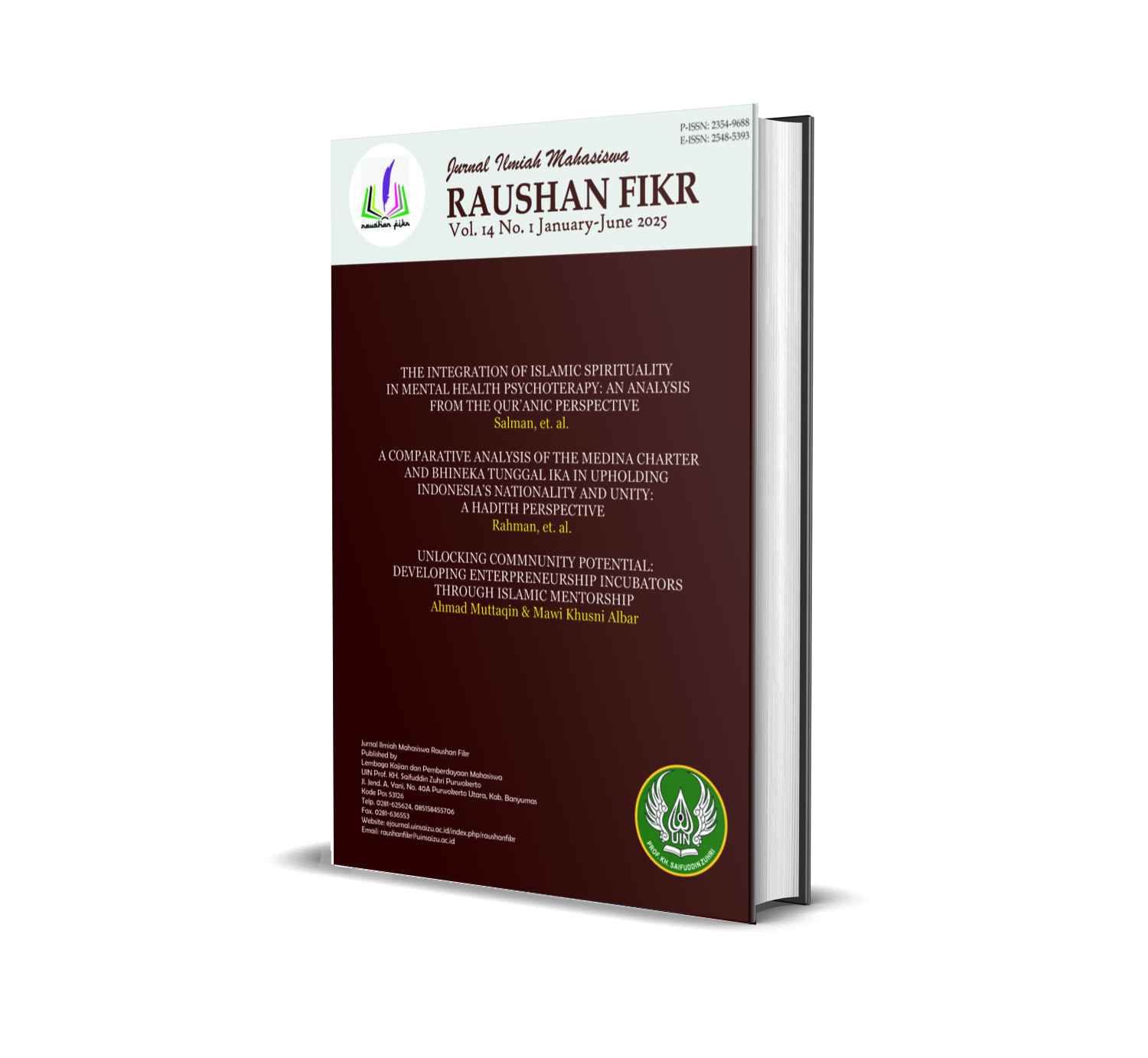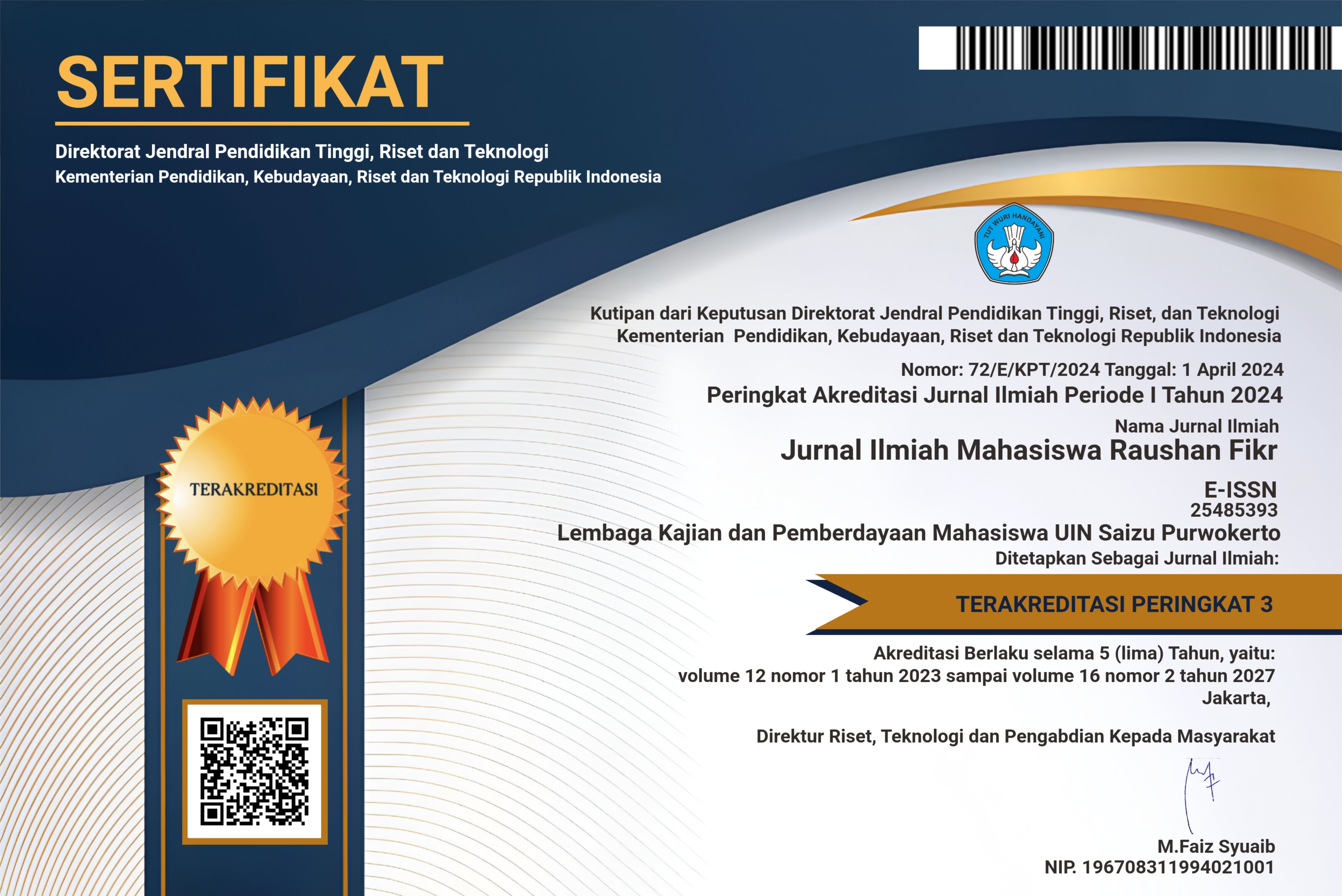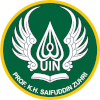Navigating Digital Selves: Gendered Consumption and Media Work Among Millennial Women in Makassar
DOI:
https://doi.org/10.24090/jimrf.v14i1.13494Keywords:
Digital consumption, female journalists, social media, cafés, social spacesAbstract
This study aims to examine how social media content influences consumer choices, particularly regarding the behavior of visiting cafés and restaurants not solely for eating and drinking, and how digital content fulfills the sociological needs of consumers. The research focuses on female journalists who are members of the Ruang Jurnalis Perempuan (RJP) community in Makassar City. The findings reveal that social media platforms such as TikTok, Instagram, and Facebook serve as primary references when selecting comfortable and trendy workspaces. Consumer choices are influenced not only by the menu but also by comfort, supporting facilities, and the ambiance of the location. Furthermore, cafés function as alternative social spaces—venues for networking, idea sharing, and creating collaborative opportunities. These findings highlight a shift in the meaning of consumption and public space, as well as a transformation in women’s work lifestyles in the digital eraDownloads
References
AC Sari, R Hartina, R Awalia, H Irianti, N. A. (2018). Komunikasi Dan Media Sosial. Jurnal The Messenger, January 2019.
Arifin, Z., & Amin, R. (2024). MODIFIKASI WAKTU LUANG PEKERJA PEREMPUAN DI KAFE (STUDI DESKRIPTIF DI RUANG JURNALIS PEREMPUAN MAKASSAR). Al Qisthi Jurnal Sosial Dan Politik, 69–86. https://doi.org/10.47030/aq.v14i1.202
Aripradono, H. W. (2020). Penerapan Komunikasi Digital Storytelling Pada Media Sosial Instagram. Teknika, 9(2), 121–128. https://doi.org/10.34148/teknika.v9i2.298
Astuti, Y. D. (2017). Simulasi Realitas Sosial Melalui New Media. Jurnal Pekommas, 2(1), 75–86.
Bradshaw, T. K., Vine, E., & Barth, G. (2024). Lifestyles. Competition for California Water: Alternative Resolutions, 01, 113–135. https://doi.org/10.1558/ecotheology.v9i1.124
Duffy, B. E., & Hund, E. (2015). “Having it All” on Social Media: Entrepreneurial Femininity and Self-Branding Among Fashion Bloggers. Social Media + Society, 1(2). https://doi.org/10.1177/2056305115604337
Farasa, N., & Kusuma, H. E. (2015). Faktor-faktor yang Mempengaruhi Kebetahan di Kafe: Perbedaan Preferensi Gender dan Motivasi. Temu Ilmiah IPLBI, 1, 29–34. https://www.researchgate.net/publication/316878343
Gill, R. (2007). Postfeminist media culture. European Journal of Cultural Studies, 10(2), 147–166. https://doi.org/10.1177/1367549407075898
Hardiansyah, H. (2015). Metodologi penelitian kualitatif untuk ilmu psikologi. Jakarta: Salemba Humanika.
Helma Malini. (2021). Gaya Konsumsi dan Perilaku Konsumen Generasi Z di Warung Kopi. Prosiding Seminar Nasional SATIESP 2021, 2020, 34–44. https://feb.untan.ac.id/wp-content/uploads/2022/03/5.pdf
Karini, T. A., Arranury, Z., Ansyar, D. I., Wijaya, D. R., & Syahrir, R. A. (2022). Hubungan Penggunaan Media Sosial dengan Perilaku Makan Mahasiswa di Kota Makassar. Higiene (Jurnal Kesehatan Lingkungan), 8(2), 118–124.
Khoirul, M., Yudana, G., & Rahayu, P. (2019). Faktor Utama Pemilihan Lokasi Kafe Di Kota Surakarta. Desa-Kota, 1(2), 108. https://doi.org/10.20961/desa-kota.v1i2.15228.108-120
Lawson, D., & Samir, N. (2024). Engendering digital capabilities in Indonesia: Closing the gender divide through employment effects. GDI Digital Development Working Paper Series No. 106.
Maduratna, E. S., Gunarso, S., Aladdin, Y. A., Fathiyah, F., Herlinah, H., Sepriano, S., Efitra, E., & Pemata, N. G. (2024). BUKU REFERENSI ILMU KOMUNIKASI : Panduan Praktis Sukses Berkomunikasi pada Era Digital. PT. Sonpedia Publishing Indonesia. https://books.google.co.id/books?id=wYMWEQAAQBAJ
Pratiwi, Z., & Prakosa, A. (2021). Pengaruh Media Sosial, Event Pariwisata, Dan Fasilitas Pelayanan Terhadap Minat Berkunjung Ulang Di Sandboarding Gumuk Pasir Parangkusumo. Jurnal Fokus Manajemen Bisnis, 11(1), 74. https://doi.org/10.12928/fokus.v11i1.3851
Setiawan, Z., Zebua, R. S. Y., Suprayitno, D., Hamid, R. S., Islami, V., Marsyaf, A., Sepriano, S., Agusdi, Y., Efitra, E., & Safitri, N. (2024). Buku Ajar Perilaku Konsumen. PT. Sonpedia Publishing Indonesia. https://books.google.co.id/books?id=beL4EAAAQBAJ
Stellarosa, Y., & Rachmatullah, A. (2020). Kecanduan Belanja: Budaya Konsumerisme dalam Teks. Indigo Media. https://books.google.co.id/books?id=dxJfEAAAQBAJ
Sutherland, J. (2018). Scrum. Bentang Pustaka. https://books.google.co.id/books?id=_AdFDwAAQBAJ
Syam, A. S. M., & N, N. (2024). DAMPAK TONTONAN FILM KARTUN TERHADAP PERILAKU SOSIAL ANAK USIA 4-5 TAHUN DI KABUPATEN BONE. EDUCHILD (Journal of Early Childhood Education), 4(2), 76–92. https://doi.org/10.30863/educhild.v4i2.5513
Wahit, M. G. N. (2020). Konsep Keseimbangan Perilaku Konsumsi dalam Islam. Ilmu Syariah, 1, 22.
Willis, S. (2014). Remaja dan Masalahnya, (Mengupas Berbagai Bentuk Kenakalan Remaja Narkoba, Free Sex dan Pemahamannya). Alfabeta.
Winarnita, M., Bahfen, N., Mintarsih, A. R., Height, G., & Byrne, J. (2022). Gendered Digital Citizenship: How Indonesian Female Journalists Participate in Gender Activism. Journalism Practice, 16(4), 621–636. https://doi.org/10.1080/17512786.2020.1808856
Downloads
Published
How to Cite
Issue
Section
License
Copyright (c) 2025 Irwan

This work is licensed under a Creative Commons Attribution-NonCommercial-ShareAlike 4.0 International License.
Authors who publish with this journal agree to the following terms:
- Authors retain copyright and grant the journal right of first publication with the work simultaneously licensed under a Creative Commons Attribution-NonCommercial-ShareAlike 4.0 International License that allows others to share the work with an acknowledgement of the work's authorship and initial publication in this journal.
- Authors are able to enter into separate, additional contractual arrangements for the non-exclusive distribution of the journal's published version of the work (e.g., post it to an institutional repository or publish it in a book), with an acknowledgement of its initial publication in this journal.
- Authors are permitted and encouraged to post their work online (e.g., in institutional repositories or on their website) prior to and during the submission process, as it can lead to productive exchanges, as well as earlier and greater citation of published work (See The Effect of Open Access).
















